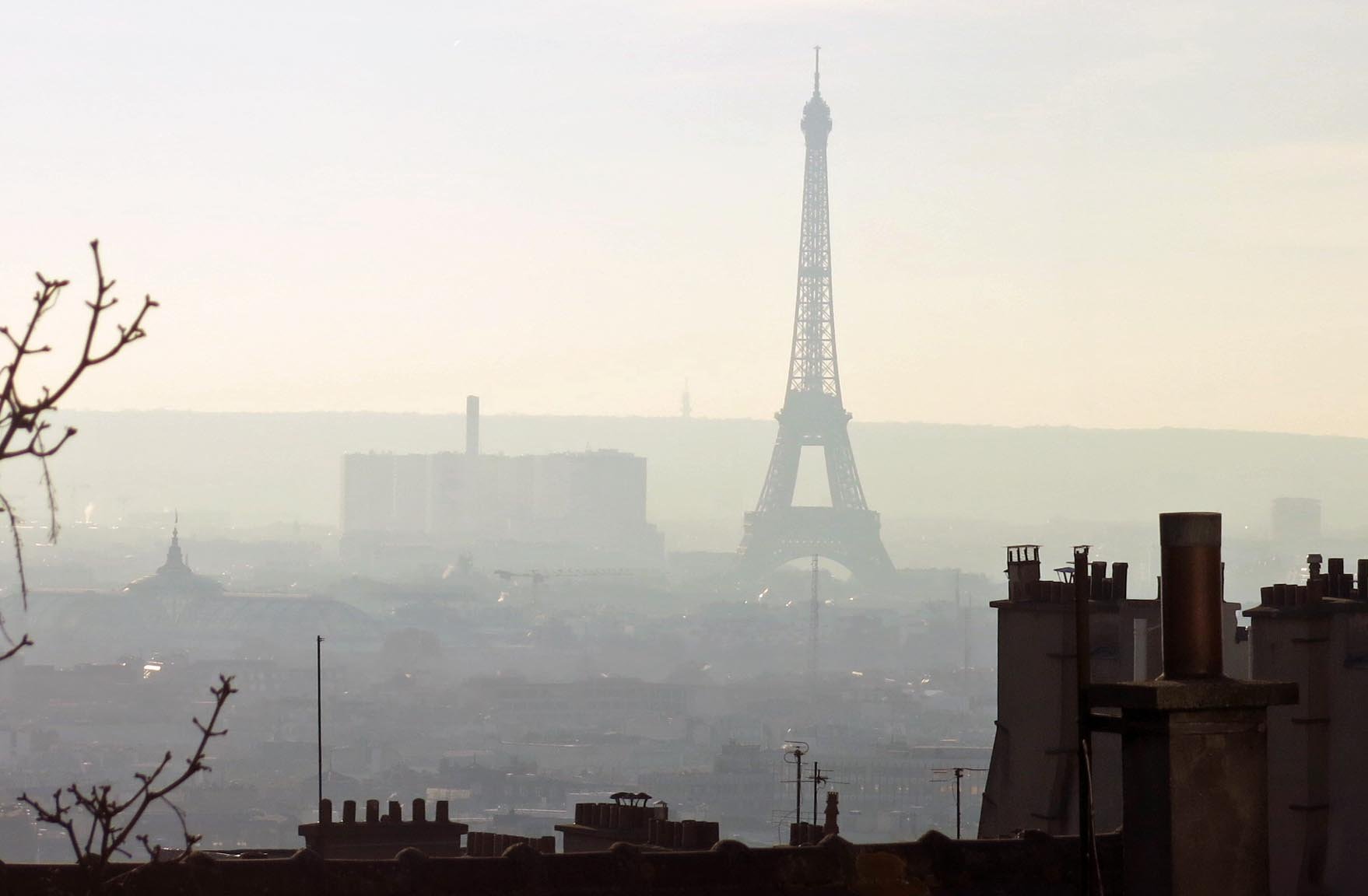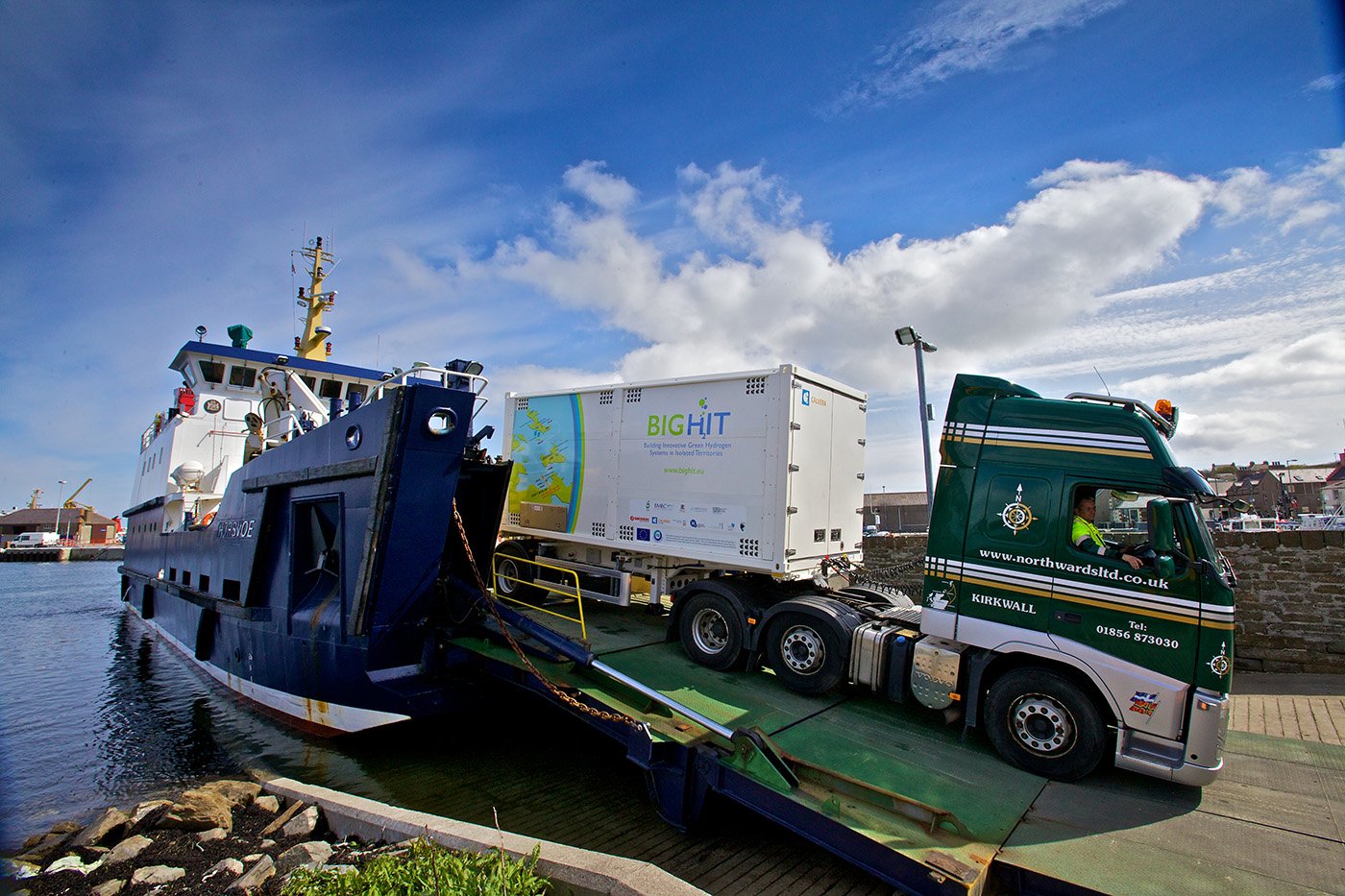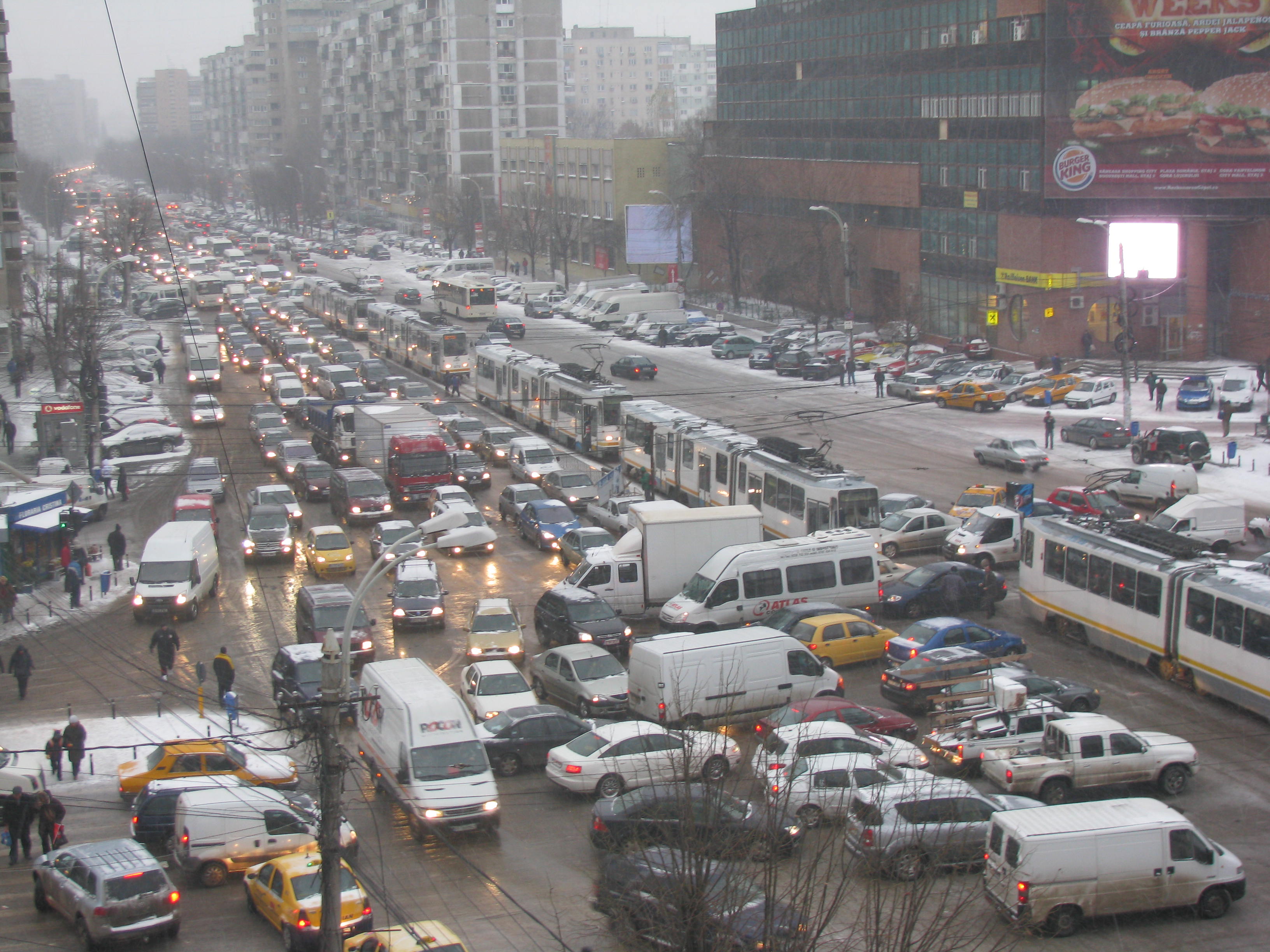Ceramic honeycomb air filters could cut city pollution
A new type of outdoor filter that could cut city air pollution and is scheduled to be debuted at the 2024 Paris Olympics has been awarded the €3 million Horizon Prize on materials for clean air. The prize, which was announced on 30 October at the Innovative Industries for Smart Growth Conference in Vienna, Austria, was … Read more





